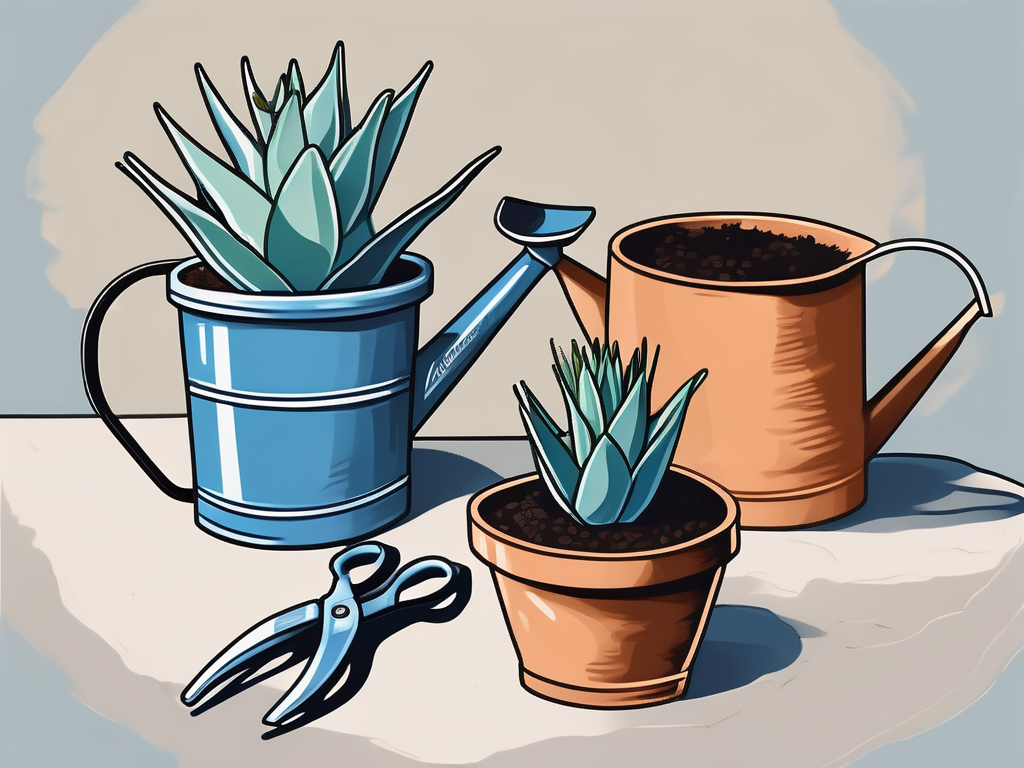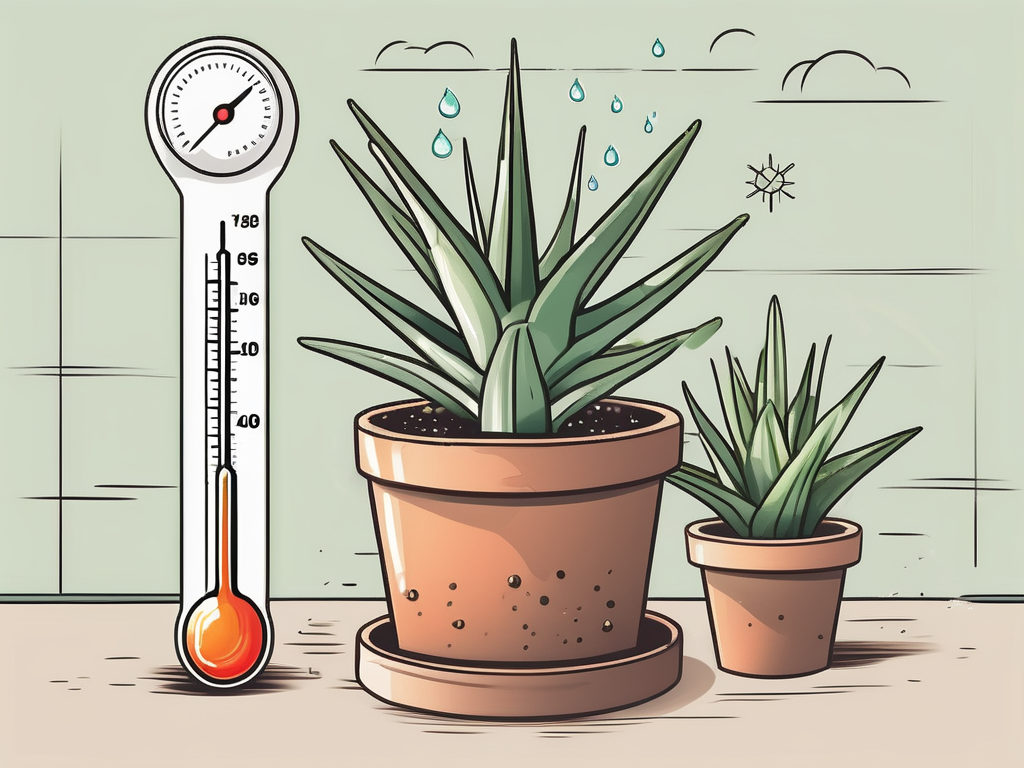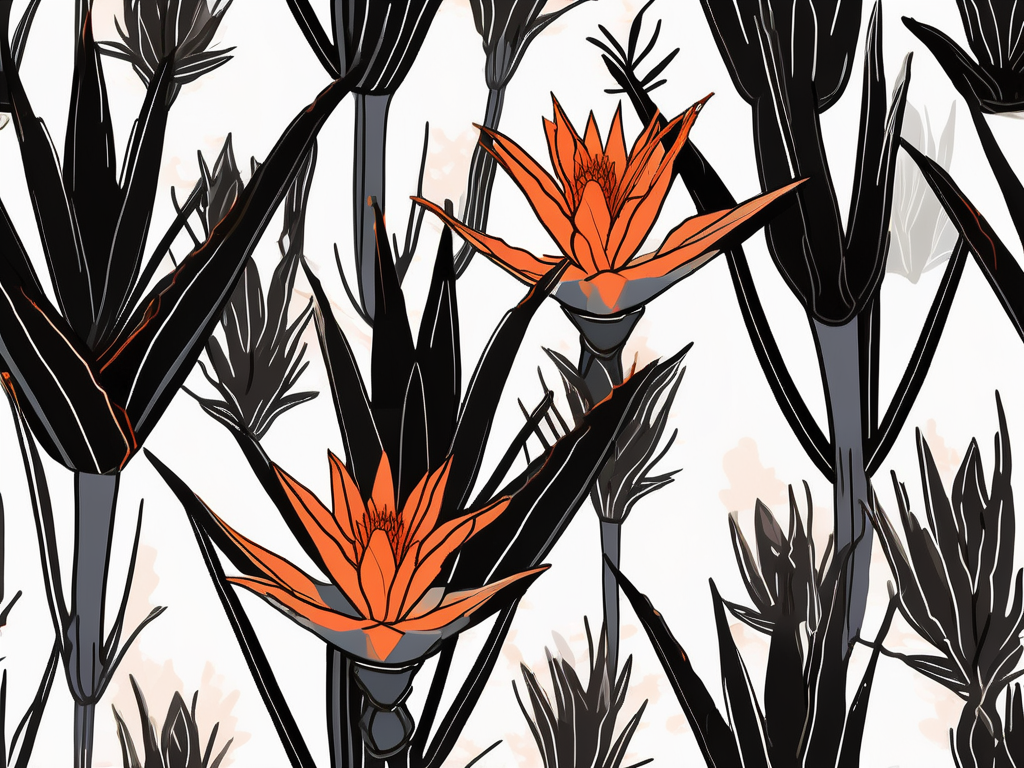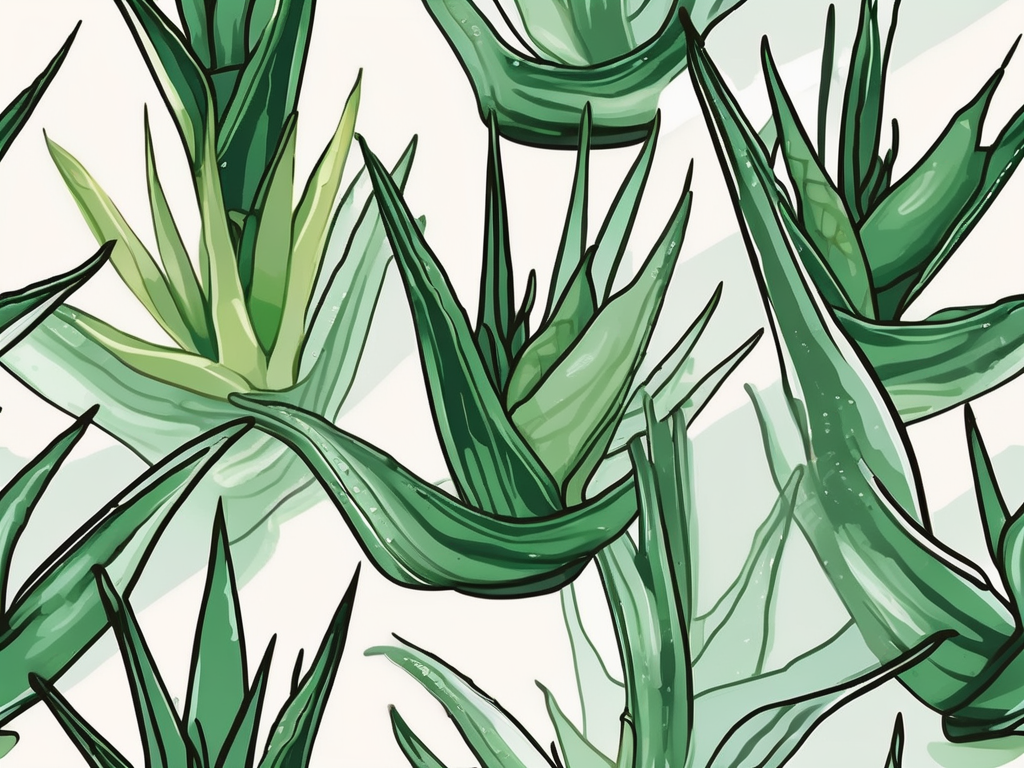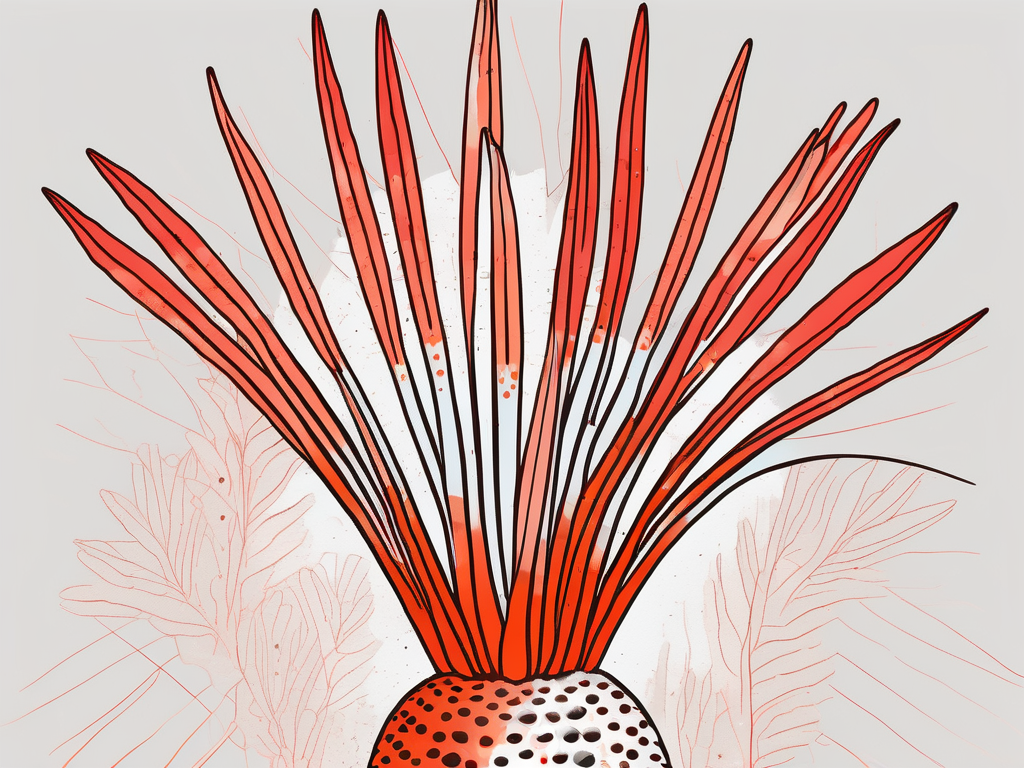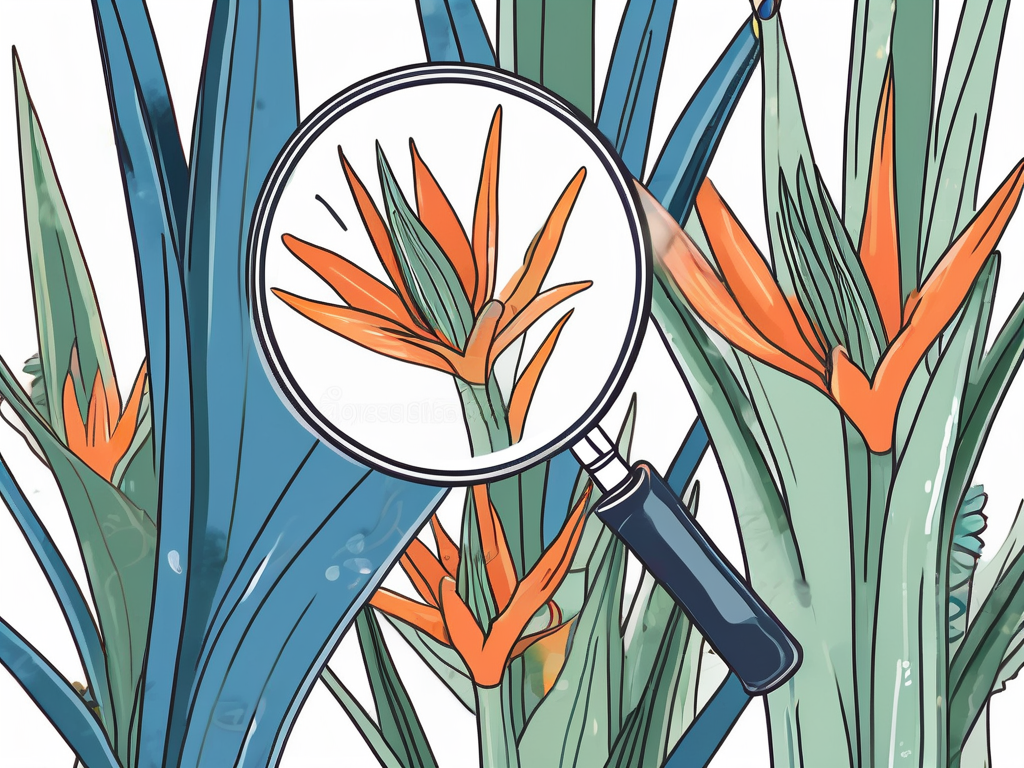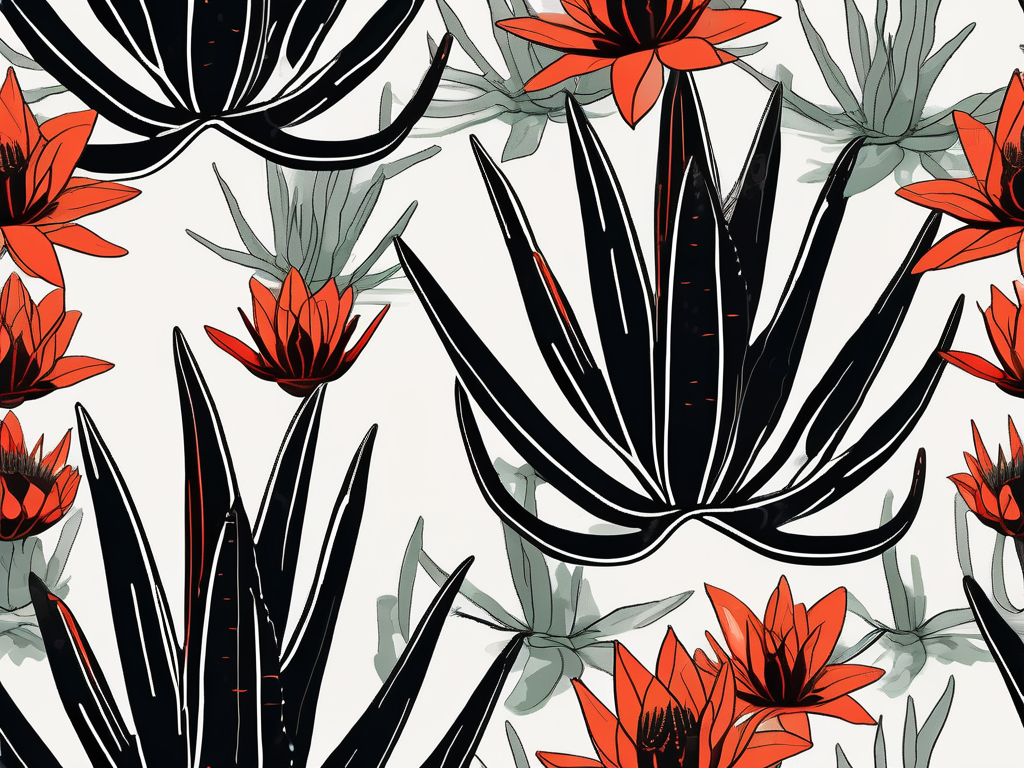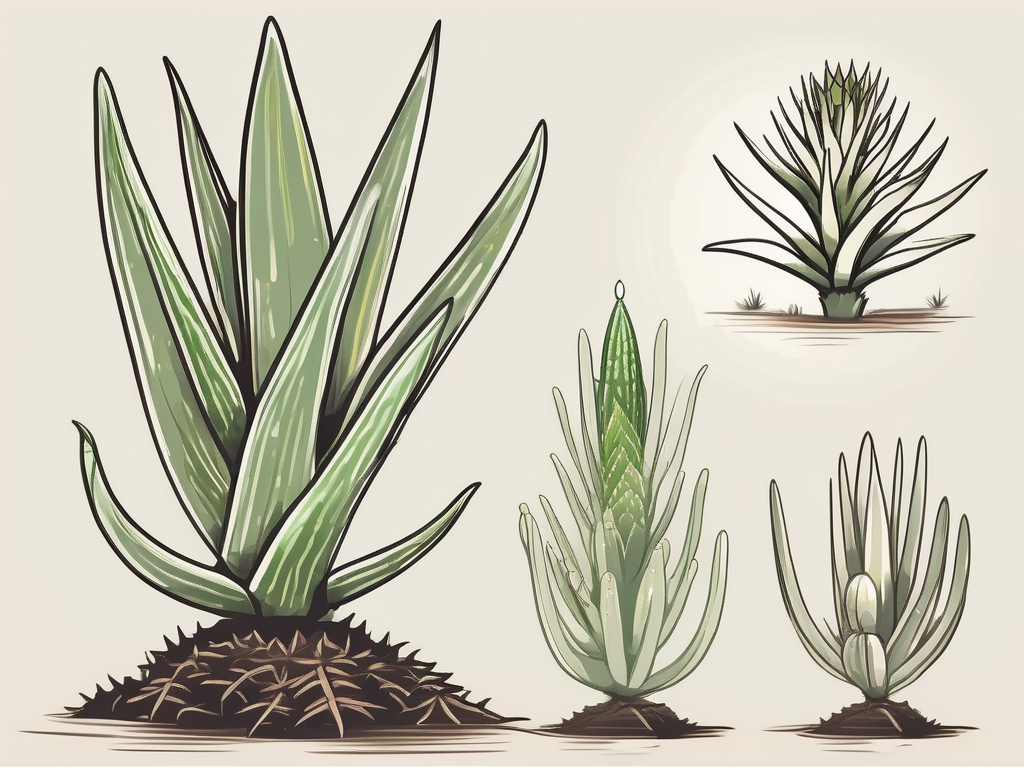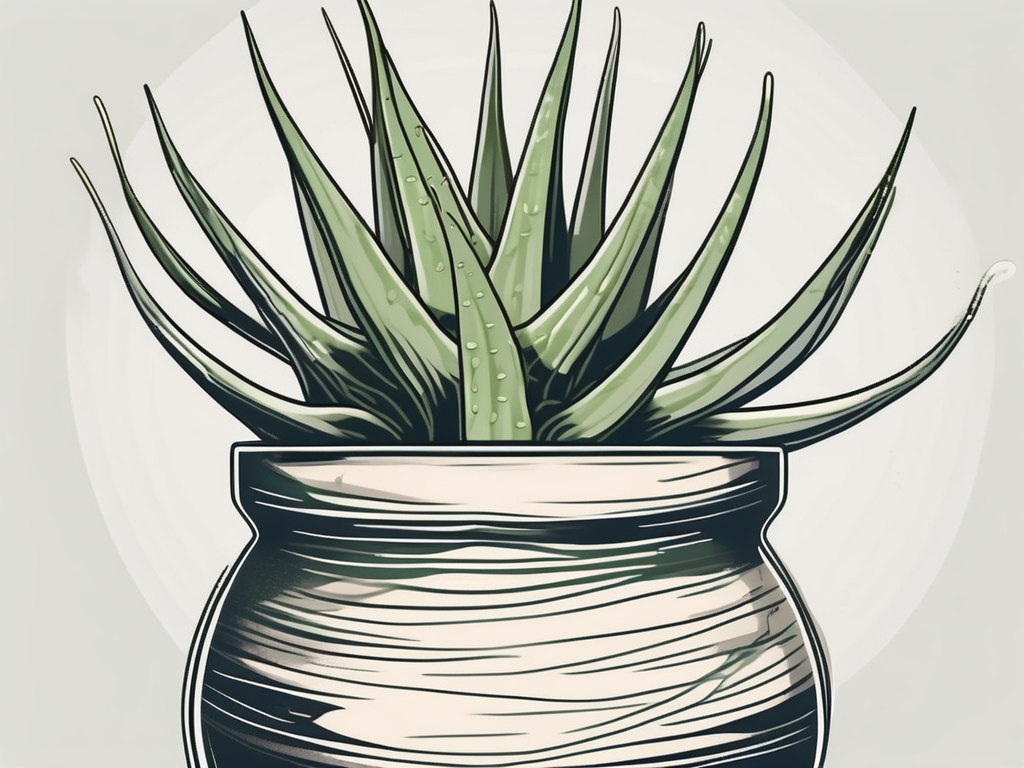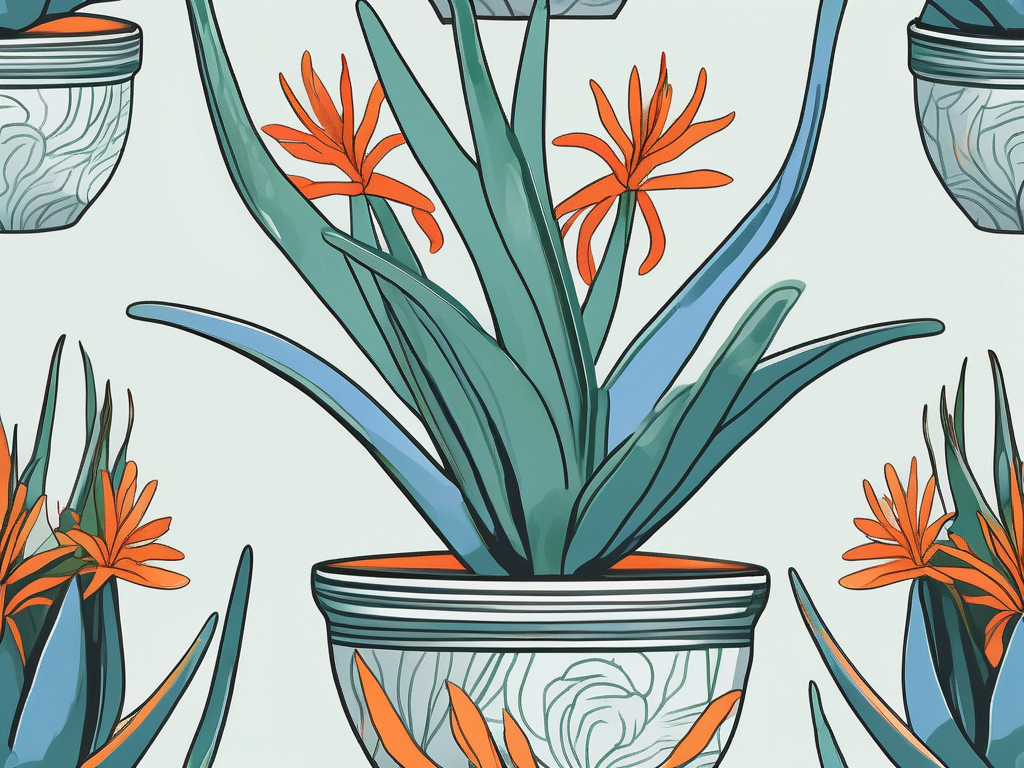
Blue Elf Aloe, with its striking silvery-blue leaves and compact growth, is a favorite among plant lovers. While many are drawn to its unique appearance and easy-care nature, some might be curious about its scientific side, particularly its botanical name and origins. It's not just a pretty face—there's an interesting story behind it that ties into its care and cultivation.
This article will discuss the scientific name of Blue Elf Aloe and its significance. We'll also touch on the plant's history, care tips, and how you can incorporate it into your home decor. Whether you're a seasoned plant parent or just starting, this guide will provide all the information you need to keep your Blue Elf Aloe thriving.
The Scientific Name of Blue Elf Aloe
The Blue Elf Aloe, scientifically known as Aloe 'Blue Elf', belongs to the Aloe genus, a group of succulent plants well-known for their medicinal properties and distinctive appearances. The Aloe genus is part of the Asphodelaceae family, which includes other well-loved plants like Haworthia and Gasteria. The 'Blue Elf' is a cultivar, meaning it's a variety that was selectively bred for its desirable traits, such as its compact size and unique coloration.
When discussing the scientific name, it's crucial to understand its components. The genus name "Aloe" refers to the group of related plants sharing common characteristics. The specific epithet or cultivar name, in this case, 'Blue Elf', highlights the particular variety's unique features. This naming system, developed by Carl Linnaeus in the 18th century, helps scientists and horticulturists communicate clearly about plants across different languages and regions.
Interestingly, Aloe plants have been around for thousands of years and are native to various regions, including Africa, Madagascar, and the Arabian Peninsula. The genus includes hundreds of species, each with unique adaptations to their environments. The 'Blue Elf' cultivar, while not naturally occurring, is a result of human cultivation, bred for its beautiful color and manageable size, making it perfect for indoor environments or small gardens.
History and Origins of Aloe 'Blue Elf'
While the exact origins of the Blue Elf Aloe cultivar are a bit mysterious, we do know that it was developed as part of the trend to hybridize Aloe plants for ornamental use. This trend emerged as succulents gained popularity for their low-maintenance nature and drought resistance—ideal for today's busy lifestyles and water-wise gardening.
Hybridization involves cross-breeding different Aloe species to create a plant with specific desirable traits. In the case of Blue Elf Aloe, breeders aimed to develop a plant that was not only visually appealing but also hardy and easy to grow. The result is a compact plant with stunning blue-gray leaves that can brighten up any space.
Aloe plants have been cultivated for their medicinal properties for centuries. Ancient Egyptians, Greeks, and Romans documented their use, primarily for skin care and healing wounds. Today, while the Blue Elf Aloe is more valued for its aesthetic qualities, it shares the same hardy nature that has made Aloe species so beloved throughout history.
Caring for Your Blue Elf Aloe
Blue Elf Aloe is a forgiving plant, making it an excellent choice for both beginners and seasoned plant people. Here are some key care tips to ensure your Blue Elf thrives:
- Light: Like most succulents, Blue Elf Aloe enjoys bright, indirect sunlight. A south or east-facing window is ideal, but it can tolerate some direct sun as long as it's not too intense.
- Water: Allow the soil to dry out completely between waterings. Overwatering is a common mistake that can lead to root rot. In general, water every 2-3 weeks, adjusting for your environment's humidity and temperature.
- Soil: Use a well-draining cactus or succulent mix. You can also make your mix by combining potting soil with sand or perlite for added drainage.
- Temperature: Blue Elf Aloe prefers temperatures between 60°F and 80°F. It's not frost-tolerant, so if you're keeping it outdoors, bring it inside if temperatures drop below 50°F.
- Fertilizer: Feed with a balanced, water-soluble fertilizer diluted to half strength during the growing season (spring and summer) once a month.
By following these guidelines, your Blue Elf Aloe should stay happy and healthy. Remember, it's always better to underwater than overwater—succulents are adept at storing moisture and can bounce back from a bit of neglect.
Common Problems and Solutions
Even with its easy-going nature, Blue Elf Aloe can face a few challenges. Here are some common issues and how to tackle them:
- Overwatering: This is the most frequent issue with succulents. Signs include yellowing leaves and a mushy stem. To fix this, let the soil dry out completely and reduce watering frequency. If the roots are rotten, you may need to repot the plant, removing any damaged roots.
- Pests: Blue Elf Aloe can occasionally attract pests like mealybugs or aphids. Use a gentle insecticidal soap or neem oil spray to treat infestations. Wipe the leaves with a damp cloth to remove any remaining bugs.
- Sunburn: Too much direct sunlight can cause leaf burn, showing up as brown or white patches. Move the plant to a spot with bright, indirect light and gradually reintroduce it to direct sunlight if desired.
By keeping an eye on your plant and making adjustments as needed, you can prevent most common problems. And remember, plants are resilient—most issues can be fixed with a little patience and care.
Incorporating Blue Elf Aloe Into Your Home Decor
Thanks to its unique color and compact form, Blue Elf Aloe makes a stylish addition to any room. Here are some ideas for incorporating it into your home:
Table Centerpiece: Place a Blue Elf Aloe in a decorative pot on your dining or coffee table for a touch of natural elegance. Pair it with other succulents or small plants for a layered look.
Bookshelf Accent: Use your Blue Elf Aloe to add interest to a bookshelf. Its unique form and color can break up rows of books and add a pop of greenery to your collection.
Windowsill Display: If you have a sunny windowsill, line it with Blue Elf Aloe plants for a striking display. Mix in other succulents or small cacti for variety.
Bathroom Oasis: The bathroom is often overlooked as a plant space, but Blue Elf Aloe can thrive in the humidity and natural light found here. Place it on a windowsill or shelf for a spa-like feel.
Remember, the key to using plants in decor is to think about the light and space available. Blue Elf Aloe's versatility makes it a great choice for many settings, and its low-maintenance nature means you can enjoy its beauty without too much effort.
Propagating Blue Elf Aloe
Propagating Blue Elf Aloe is a rewarding process that allows you to expand your collection or share plants with friends. Here's a simple guide to get you started:
Materials Needed:
- Healthy Blue Elf Aloe plant
- Sharp, clean knife or scissors
- Well-draining potting mix
- Pots with drainage holes
Steps:
- Identify Offsets: Look for small offsets or "pups" growing at the base of the parent plant. These are young plants that can be separated and repotted.
- Remove the Offsets: Gently remove the offset from the parent plant, using a knife if necessary to cut it away. Ensure each offset has its roots attached.
- Let the Offsets Dry: Allow the cut ends to dry for a few days to callous over. This step helps prevent rot when you plant them.
- Plant the Offsets: Once dried, plant each offset in a pot filled with a well-draining potting mix. Water lightly to settle the soil.
- Care for the New Plants: Place the new plants in bright, indirect light and water sparingly until they establish roots, usually in a few weeks.
Propagation is not only a great way to increase your plant collection but also a fun and satisfying activity. Plus, sharing plants with friends and family can spread the joy of plant care even further.
The Role of Blue Elf Aloe in Eco-Friendly Gardening
As more people look to sustainable gardening practices, succulents like Blue Elf Aloe have become popular choices. Their low water requirements and adaptability to various environments make them ideal for eco-friendly gardening efforts.
Succulents, including Aloe, store water in their leaves, enabling them to withstand dry periods. This characteristic means they require less frequent watering, conserving water in your home and garden. For those living in arid regions or areas with water restrictions, succulents offer a beautiful and practical solution.
Additionally, succulents contribute to biodiversity in urban settings. By incorporating a variety of succulents into your garden, you can create a mini-ecosystem that supports pollinators like bees and butterflies, enhancing the local environment.
Consider planting Blue Elf Aloe alongside other succulents in a xeriscape garden, which emphasizes water efficiency and native planting. This approach not only conserves resources but also creates a visually stunning landscape that requires minimal maintenance.
Blue Elf Aloe: Beyond Ornamental Use
While primarily grown for its visual appeal, Blue Elf Aloe, like its Aloe relatives, has potential beyond aesthetics. Aloe plants are renowned for their soothing gel, commonly used in skincare and first aid.
Although Blue Elf Aloe itself is not typically harvested for gel, knowing its family heritage can inspire creative uses. Consider exploring homemade aloe-based skincare products or researching the medicinal uses of Aloe vera, a close relative that's widely used for its healing properties.
Incorporating Aloe plants into your home, even if not for direct use, can remind you of the broader benefits these plants offer. They symbolize resilience and adaptability, qualities that resonate with many plant lovers.
Final Thoughts
Blue Elf Aloe, with its scientific intrigue and aesthetic charm, is a delightful addition to any plant collection. From its intriguing name to its rich history and easy-care nature, this plant offers both beauty and practicality.
At Cafe Planta, we're passionate about helping you care for your plants and create inviting, green spaces. Whether you're looking for plant care tips or a unique addition to your collection, we've got you covered. If you have questions or want to share your plant journey, feel free to email us or reach out on Instagram. Let's grow together!













